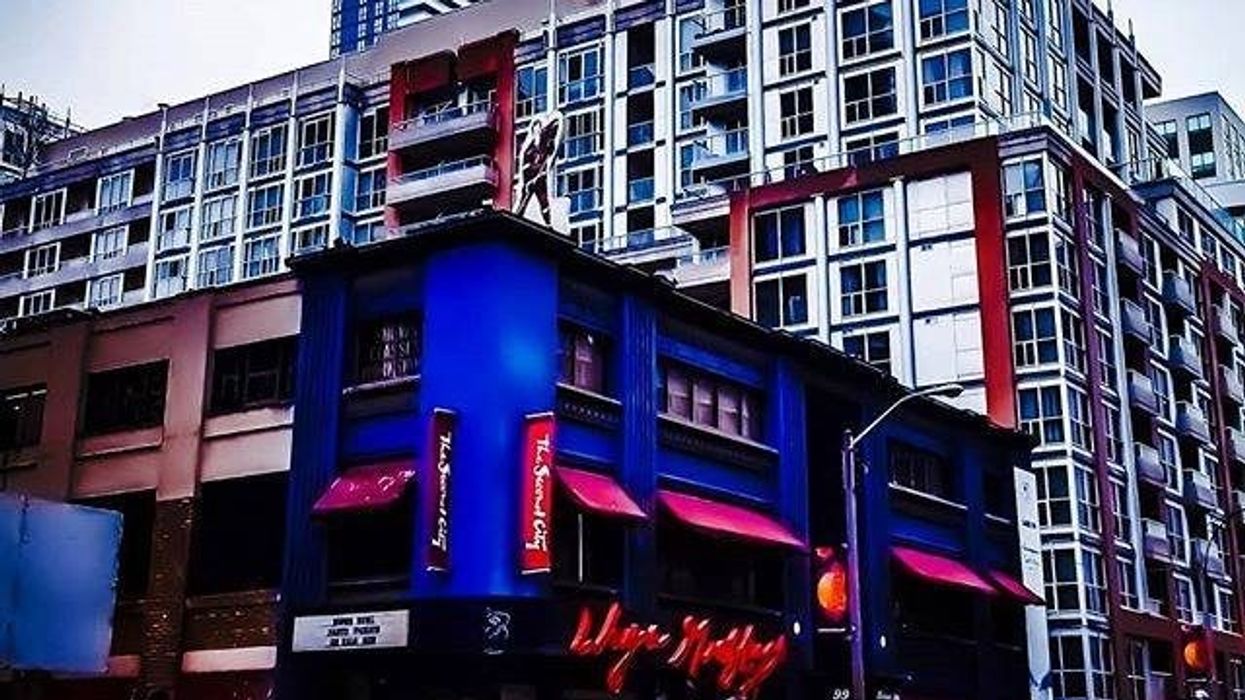Is it any wonder why the new c-word in Toronto is condo? Though the condo has brought tens of thousands of new residents to the city, it is also turning Toronto into something with all the liveliness of a high-rise subdivision. Though one can’t blame property owners for selling out to developers – who doesn’t want to monetize their assets? – we are closer than ever to killing the real estate goose that lays the golden egg.
READ: Downtown Yonge Street Needs An Overhaul To Be A Main Street
With its diversity and vitality, Toronto has managed to attract countless bright young things who in their turn have brought more life and energy to the downtown core and much of the city beyond. The urban exodus that began in the 1950s and ‘60s has turned around; now people, families and businesses want back in. While the majority of Canadians still live in suburbia, the country’s cities have never been more in demand. Toronto, as well as Vancouver, Montreal and Ottawa, find themselves under growing pressure to keep up with growth let alone control it.
The latest casualty came earlier this month with the announcement that Second City and Wayne Gretzky’s restaurant and bar on Mercer Street will be thrown out of their homes next summer to make way for – what else? – yet another condo tower. They are just the latest victims in the transformation of the Entertainment District into a vertical residential village. The time looms when the only people wandering these now busy streets will be locals on their way to or from home. The rest of us will have no reason to be there.
READ: Torontonians ‘Livid’ That Scotiabank Theatre Will Be Replaced By Condos
This may be a bit of an exaggeration, but you get the point. The appeal of the city, especially downtown, lies in the multiplicity and richness of its offerings. It has something for everyone. The reason is Toronto’s mixed-use history. Short of heavy industry, almost anything goes throughout the city, except, of course, in the residential neighbourhoods, which are sacrosanct. The floodgates were opened in the late 1990s when then Toronto Mayor Barbara Hall introduced the Kings Regeneration Planning Initiative, a.k.a. the Two Kings. It was a relatively simple yet revolutionary zoning change that meant 400 acres around King and Spadina and King and Parliament were now available for mixed-use development. Several decades and an estimated $9 billion of investment later, these two precincts have remade the face of downtown Toronto and brought upwards of 60,000 residential units to the heart of the city.
Despite fears Hall’s changes would fail, it’s clear in retrospect that if anything they were too successful. Along the way, Toronto planners have been overwhelmed by the sheer volume of development applications and seem to have lost control of the process. In particular, they have failed to pay attention to how condos relate to the urban context, most obviously at street level. The idea behind the tower-on-a-podium model that prevails here is that it allows for non-residential ground-floor uses. That means retail, commercial or cultural. But developers tend to be uncomfortable with the system. They typically opt for the safety of large corporate tenants such as Shoppers Drug Mart, Tom Hortons, Starbucks and LCBOs over smaller operations that need less room and whose pockets aren’t so deep.
READ: How Ossington Avenue Tells The Story Of Modern Toronto
There’s no reason why a Wayne Gretzky’s or Second City couldn’t find a home in a podium of some future condo, but that would mean planning ahead. Second City, for instance, comprises two theatres – 60 and 300 seats – as well as a large rehearsal space. But projects like this can happen in Toronto. The best example may be the $11-million Crow’s Theatre that opened in 2016. It occupies the ground floor of a condo complex at Dundas and Carlaw in Leslieville. In an extraordinary display of enlightenment, the developer, Streetcar, actually gave $1.5 million to a theatre designed for maximum flexibility. The massive Regent Park revitalization also includes a significant cultural component. But too often, important at grade space is given to chains, franchises and the like. The result has been a hollowing out of the city. Toronto is fast becoming an instantly familiar landscape of the same old, same old. How many Shoppers Drug Marts or Starbucks do we really need?
It’s time planners and politicians start to think like tourists as well as residents. They must remember that people visit Toronto for the restaurants, theatres, museums, galleries and shops, not the condos. Yes, the city needs both, but in our rush to cash in on the lure of urbanism, we are in danger of losing the balance that has made the city so successful. Success, it turns out, is much closer to failure than we realized.





















